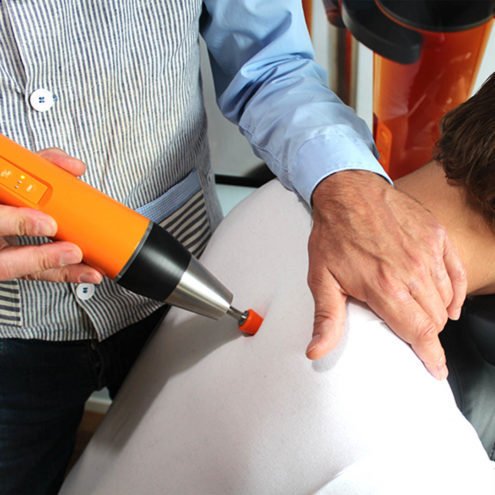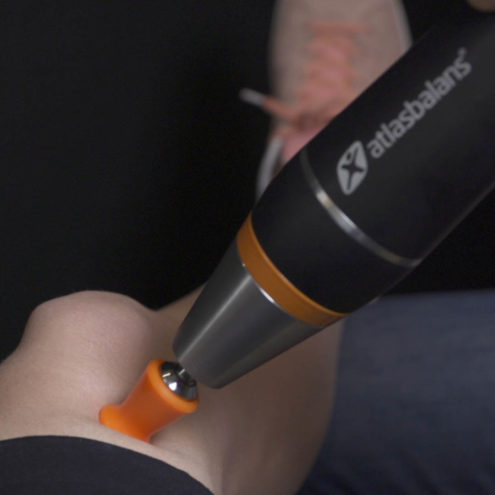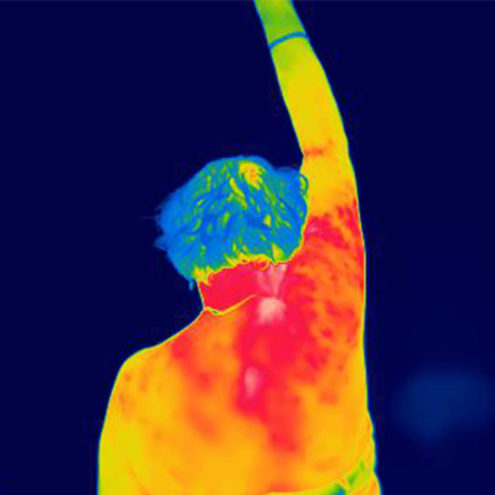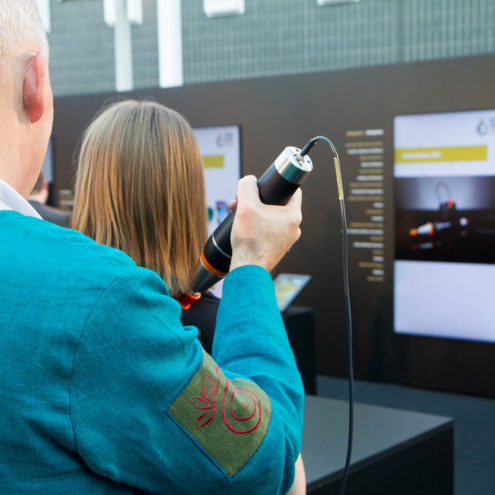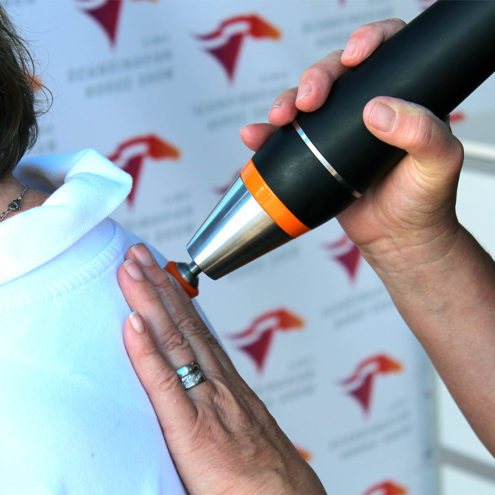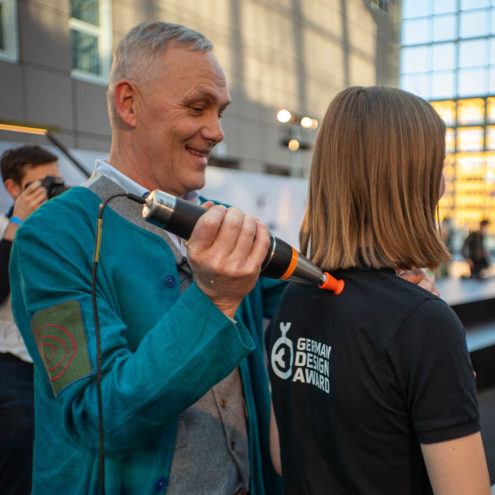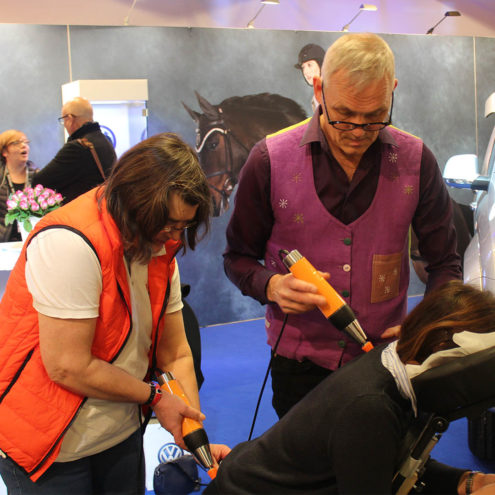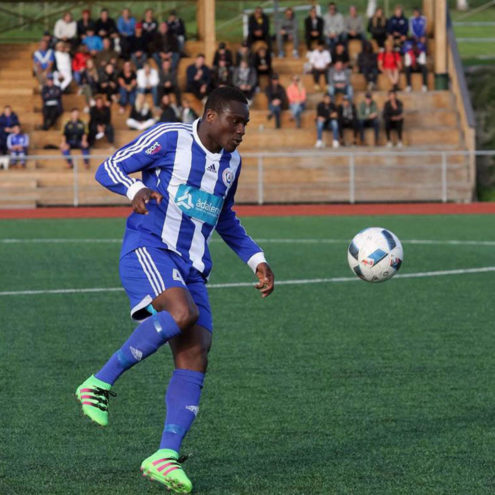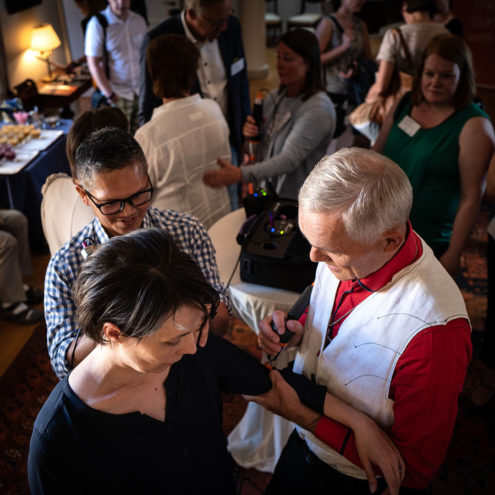Facet Joint Pain – Fascia Treatment for Facet Joints
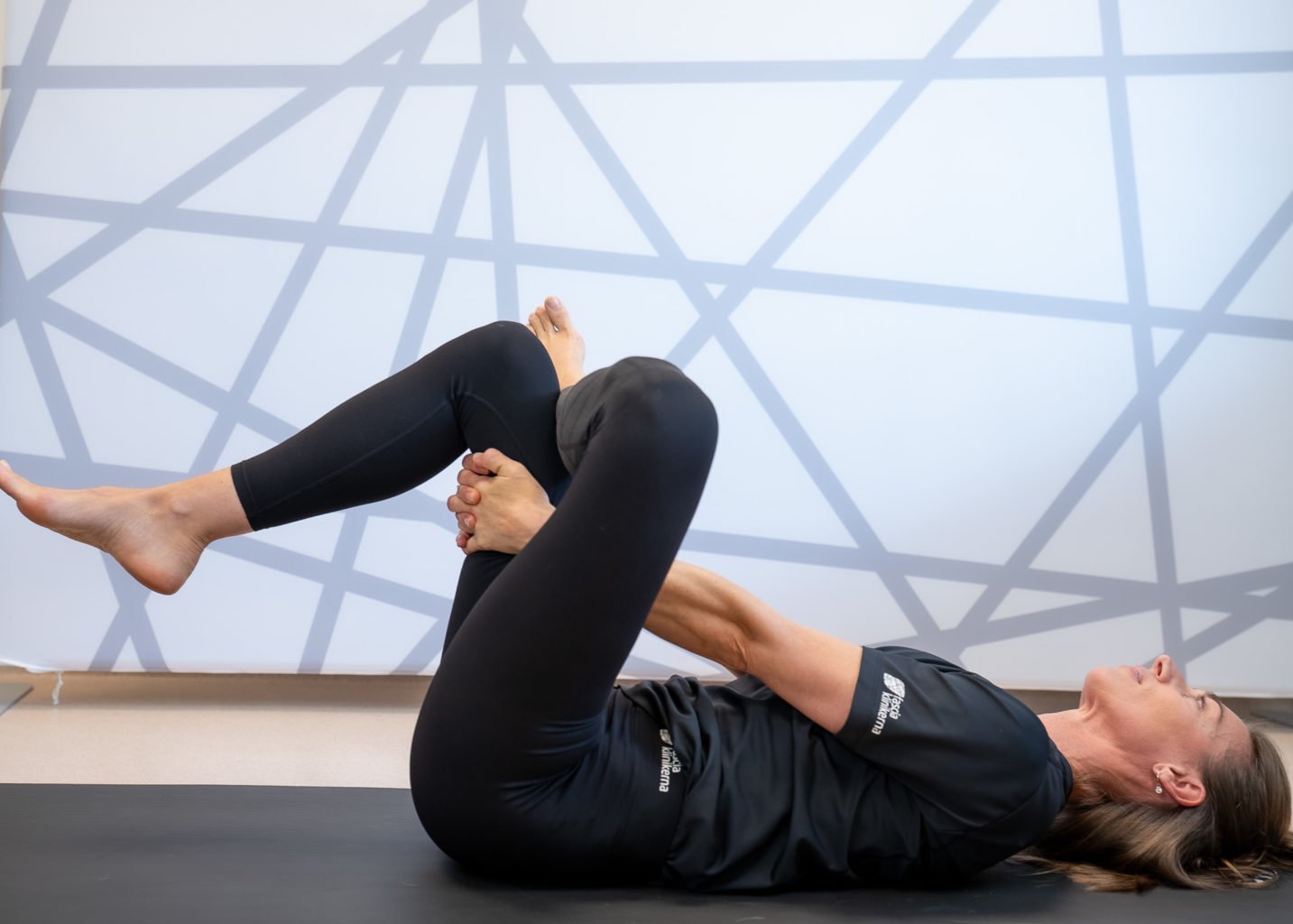
Facet joint pain is a relatively common condition that can cause significant discomfort with limited mobility. By understanding the basics of this type of pain and how it can be treated, one can find relief and return to a more active lifestyle. In this article, we will explore facet joint pain from a fascia perspective and how the FasciaClinics can assist in its treatment.
What is facet joint pain?
Facet joints, or zygapophyseal joints, are small slip joints located between each vertebra of the spine, on either side of the center. The articular surfaces are positioned in different planes, causing the spine to move differently in the different segments. Wear and tear and inflammation are a common cause of facet joint pain.
What are common symptoms of facet joint problems
Common symptoms of facet joint pain are dull and deep pain, usually from the lumbar and lower back that can radiate down to the buttocks, groin and legs but also to the upper limbs. The pain may worsen when bending backwards or sideways. Sitting or standing for long periods can make the pain more intense. Bending forward is often painless. Light physical activity can relieve the pain. It is also common to feel stiff in the back in the morning.
Common causes of facet joint pain
Facet joint pain can be caused by a variety of factors, including age-related wear and tear, disk injuries, overuse, poor posture, and even stress. Chronic conditions such as arthritis can also contribute to facet joint problems.
When and where should I seek treatment for facet joint pain?
It is important to seek treatment when the pain starts to affect your everyday functioning or if the pain does not improve despite rest and self-care. Early diagnosis and treatment can prevent the condition from getting worse.
How can we at the FasciaClinics help you with facet joint problems?
The FasciaClinics use a holistic treatment approach to manage facet joint pain. The treatment is based on the fascia of the body. The fascia is the network of soft connective tissue that permeates and connects all the cells, tissues, organs and systems of the body into a whole. Both internal and external factors can affect the fascia and change its structure. The fascia is very rich in pain receptors that transmit pain signals to our central nervous system. A thickened and tight fascia puts more pressure on the pain receptors, which then transmit more pain signals. Chronic inflammation has also been shown to increase the sensitivity of pain receptors.
A fascia treatment at the FasciaClinics reduces the densification of the fascia so the pressure on the pain receptors is reduced. The reduced pressure across the cell membranes allows the cells to absorb and release substances more easily.
We go through the whole body to detect imbalances and how these may have caused facet joint pain. The body is balanced so the loads are reduced and evened out in the body. Fascia treatment also improves posture, which will also reduce the pressure on the facet joints.
What can I do myself for facet joint pain
Exercises for facet joint pain
There are several exercises that can help relieve the pain and strengthen the muscles around the facet joints. Examples of such exercises:
Mild back stretch: Lie on your back and gently pull your knees towards your chest while lifting your head towards your knees. Hold the stretch for at least 30 seconds.
Pelvic tilts: Lie on your back with your knees bent and press your tailbone against the ground. If you find it difficult to make contact with your buttocks, try putting your hands underneath while pressing down.
Back rotations: Lie on your back, keep your knees bent and gently tilt your legs to the right and left, side to side.
These exercises should be performed regularly and with care to avoid further injury. It is also important to maintain good posture and avoid movements that aggravate the pain.
Understanding and managing facet joint pain requires a comprehensive approach that includes both professional care and self-care. Through proper treatment and self-help strategies, individuals with facet joint pain can experience a significant improvement in their quality of life.
FAQ – Facet joint pain
How does a facet joint blockade work?
A facet joint blockade is a medical procedure aimed at diagnosing the source of facet joint pain and relieving it. During this treatment, a doctor injects a local anesthetic solution into the joint or into the nerves causing pain. Facet joint blockade is best suited for long-term back and neck pain. The procedure is usually performed under X-ray guidance to ensure precision.
What do the Facett joints do?
The facet joints, also known as zygapophyseal joints, are small joints between the vertebrae that contribute to the stability and mobility of the spine. They allow the spine to bend, stretch and rotate within certain limits. These joints are also important for distributing the load and pressure generated when we move.
What is Facet Osteoarthritis?
Facet osteoarthritis is a condition in which the facet joints gradually deteriorate and wear out, often due to ageing or overuse. This can lead to pain, stiffness and reduced mobility. Arthritis and degenerative changes in the spine are common causes of facet arthritis. Treatment can include pain relief, physiotherapy and in some cases surgery.
How long does it take for Nerve Root Block to work?
Compared to a facet joint block, a nerve root block is suitable when the pain radiates to the arms and legs. The effects of a nerve root block can vary depending on the individual and the specific situation. Generally, pain relief can occur relatively quickly, often within a few days of treatment. However, the full effect may take longer and repeated treatment may sometimes be necessary for lasting pain relief.
Where are the Facett leaders?
The facet joints are several small joints that sit between the vertebrae throughout the spine. The facet joints sit on either side of the center of the vertebrae. A vertebra has a pair of upper articular surfaces that articulate with the lower articular surfaces of the vertebra above, and a lower pair that articulate with the upper articular surfaces of the vertebra below. Facet joints play a crucial role in the overall function and flexibility of the spine.
 Search
Search


